The Deep Meaning In Every Elements of Military History Museum
Daniel Libeskind has added designs at the Military History Museum in Dresden, Germany. The museum stores various war equipment that was used during the second world war in Germany. The additional design is like penetrating the facade of the original building with an appearance that resembles broken steel and pointed glass shapes so that it is in sharp contrast to the original building which has a neoclassical style. The initial symmetrical shape of the original building was then added to an asymmetrical design, cutting through the center of the building’s wing.
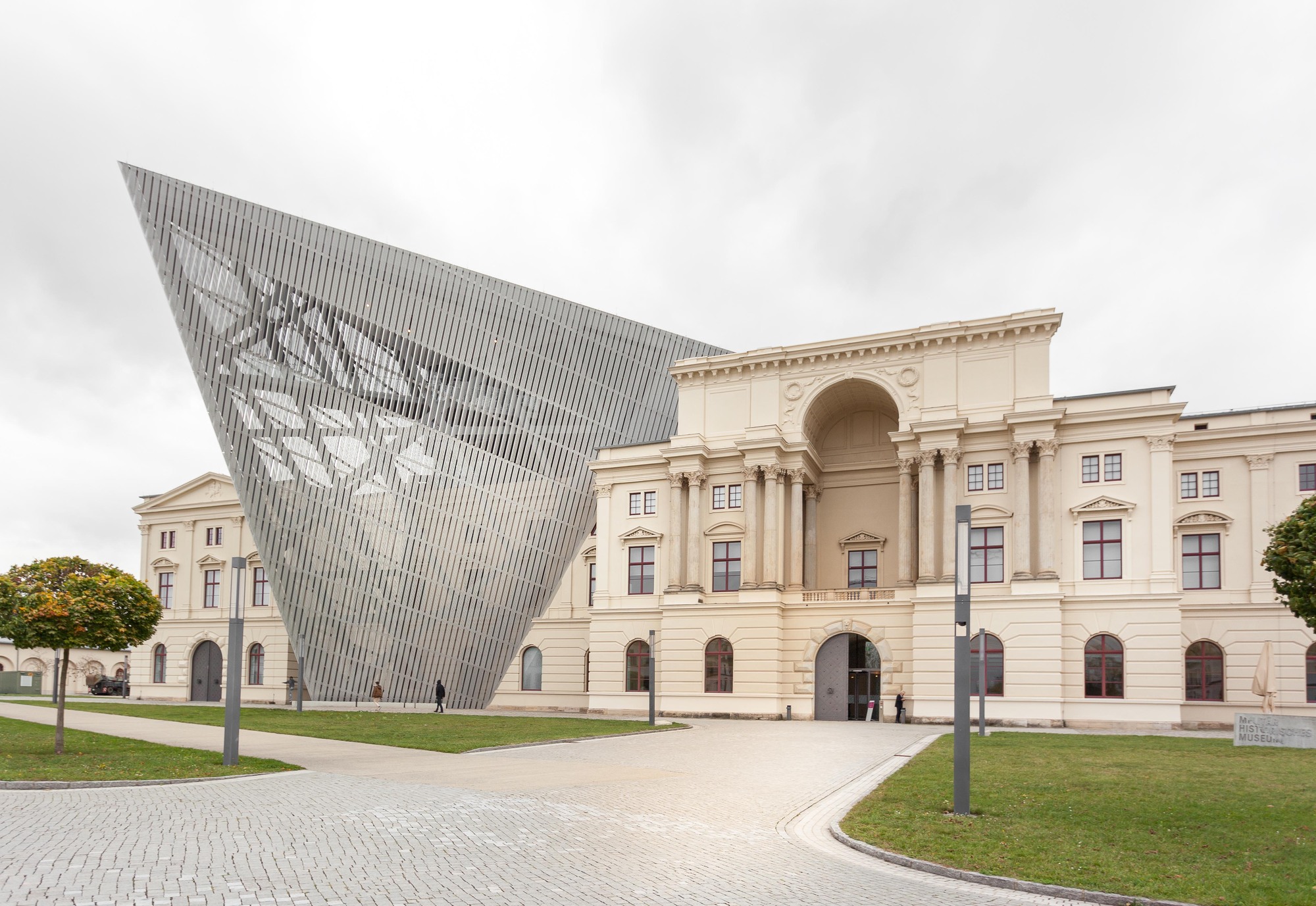 new facade that penetrates the original building facade
new facade that penetrates the original building facade
The prominent shape, sloping surface, and repeating pattern on the facade give this design a distinctive look. The materials used are glass, still, and interlocking concrete structures. This triangular volume consists of 5 floors that intersect with the original building structure, creating a contrast between solid and formal forms with more open forms. The mass form and volume of the original building with the new facade design, explain that the original building represents an authoritarian past, and heavy burden, while the new facade represents a present that is more open to society.
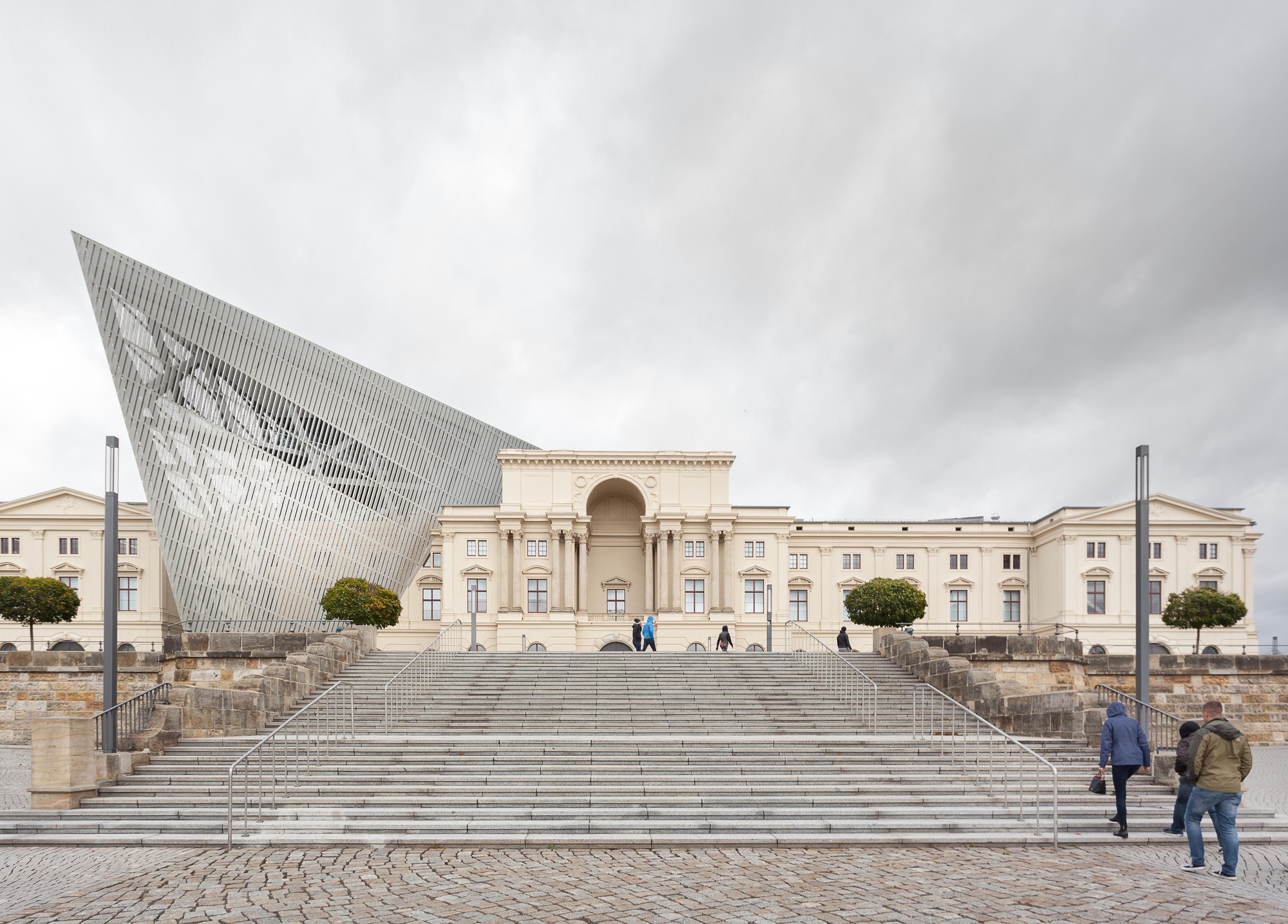
the contrast between the facade of the new building and the facade of the original building
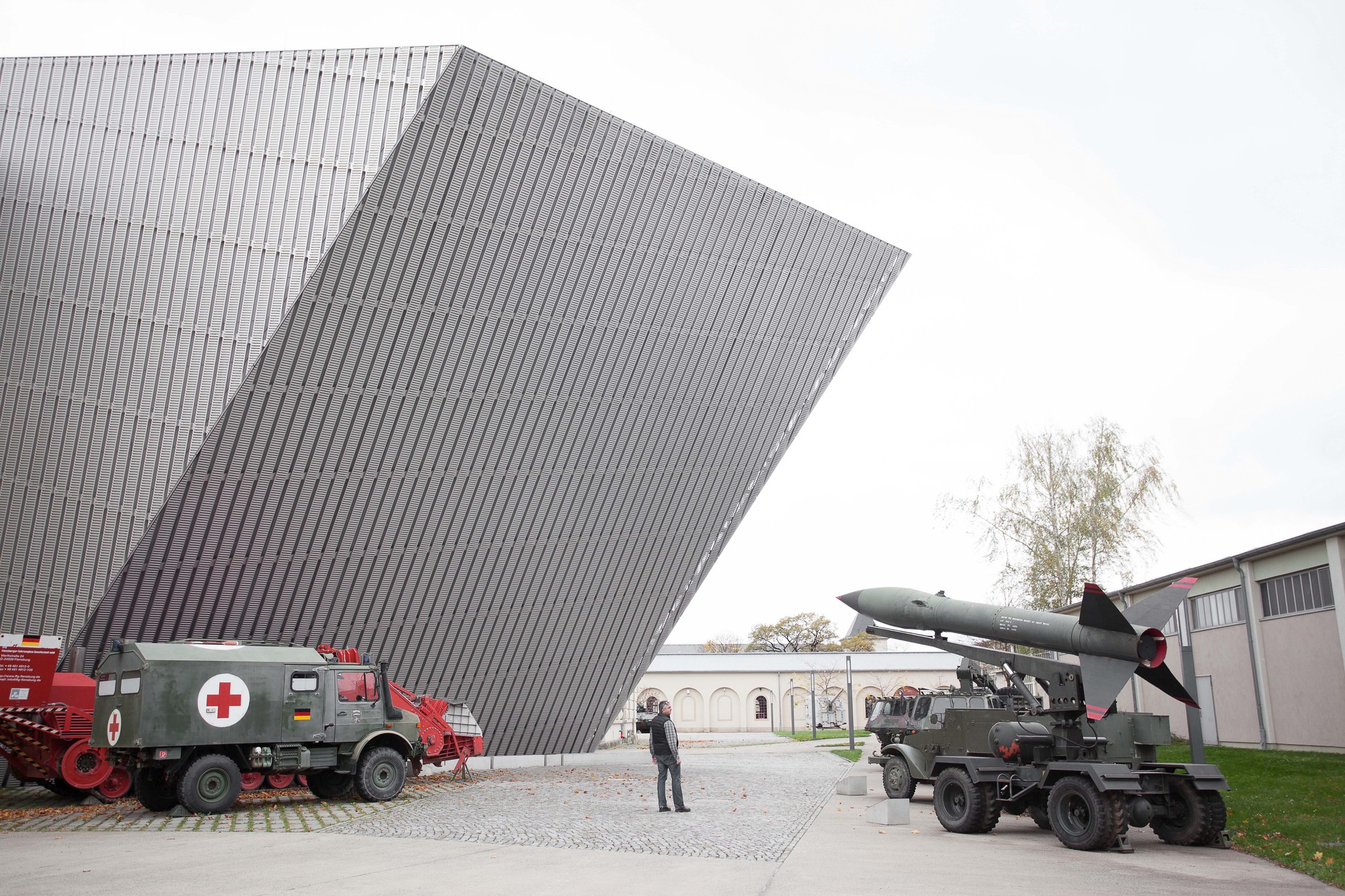 vehicles and weapons that have been used for war
vehicles and weapons that have been used for war
Libeskind’s design has a meaning to the devastation and pain of the second world war, where the city was destroyed by air raid bombs. The designed building facade does not interfere with the original building facade, because interferes too much with the identity of the museum and can fade.
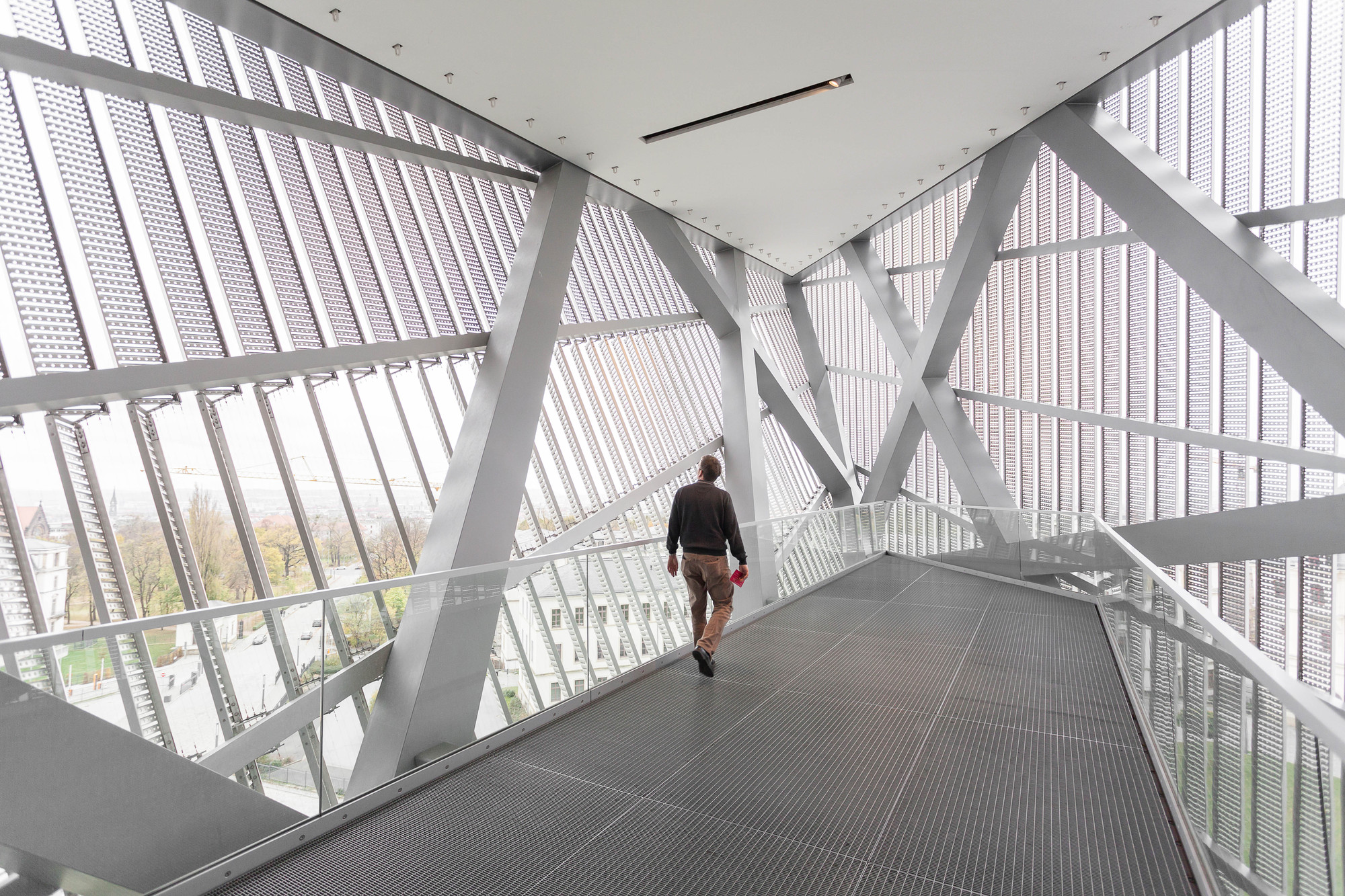 observation area on the new facade
observation area on the new facade
When viewed from above, the shape of this additional design resembles an arrow pointing at the point where the bomb was first dropped on Dresden from an air raid on February 13, 1945. There is an observation area inside the new facade with a height of 29 meters, serving to provide visitors to view looking towards to modern city, as well as being a space that can reflect on past events.
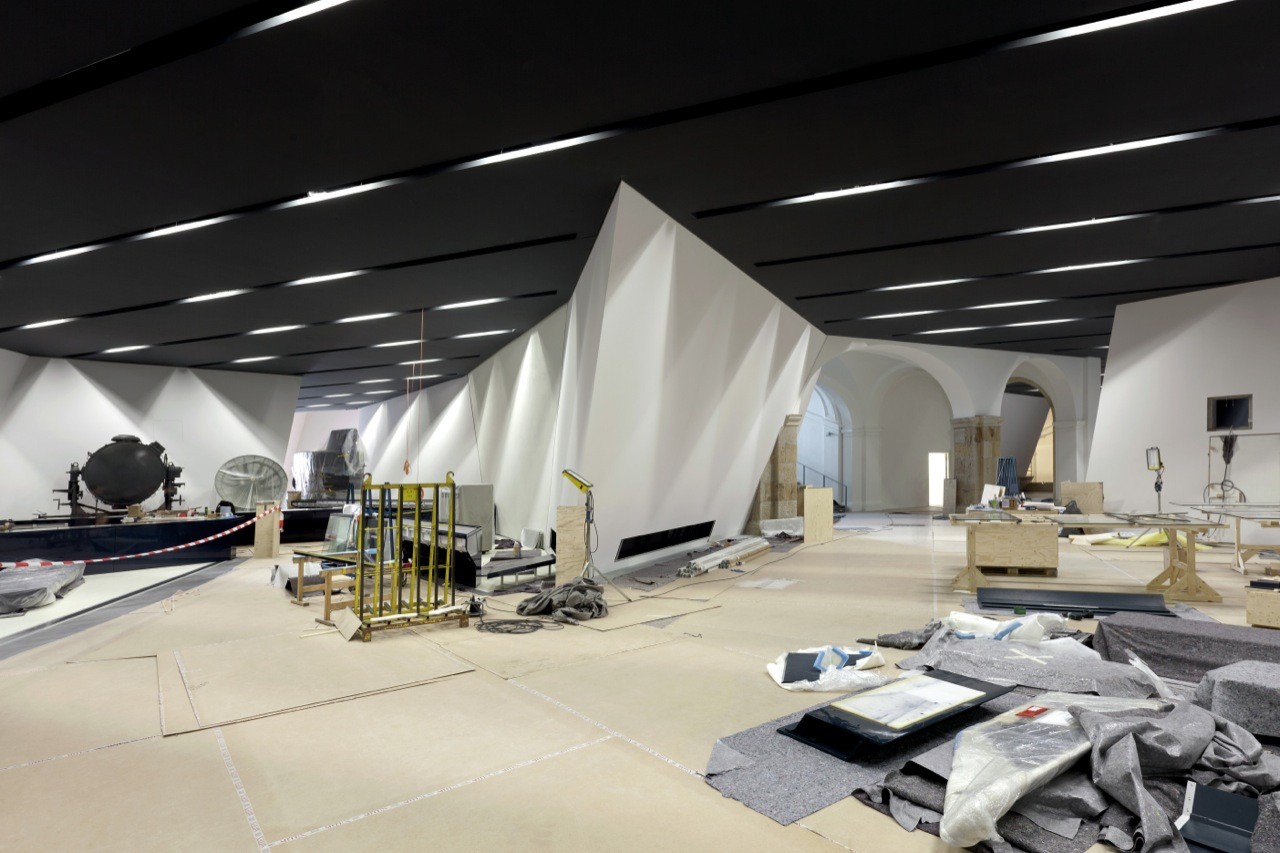 one of the exhibition areas on the new facade
one of the exhibition areas on the new facade
The inside of the new facade area is used to display the history of events before and after the second world war, thus creating a clear difference in atmosphere between the current era and past events. The addition of the facade resulted in an increase in the overall exhibition area to 13.000 square meters, this also makes this museum the largest museum in Germany with a total accommodation of 10.000 exhibits.
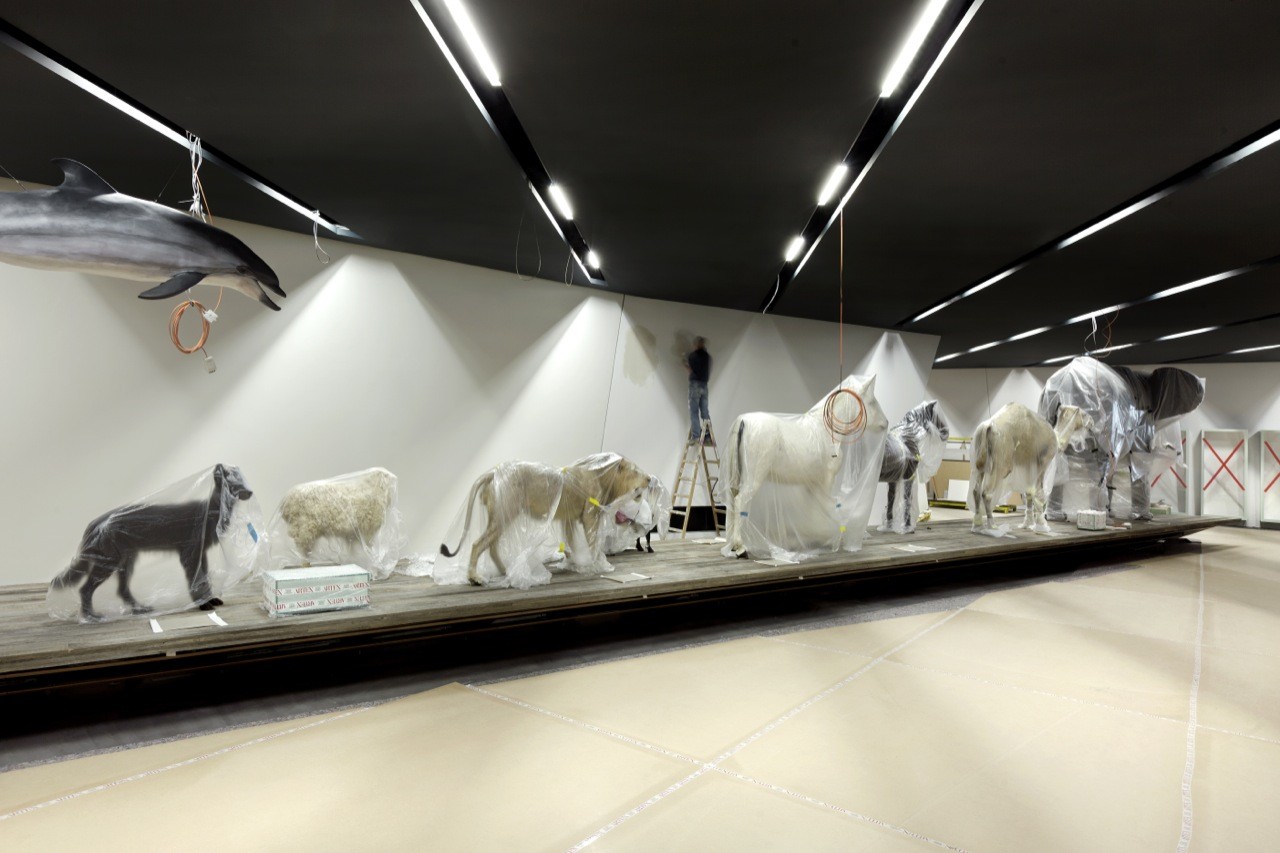 one of the exhibition areas with the theme
one of the exhibition areas with the theme
The spaces created within the outbuildings can accommodate thematic exhibition areas by displaying aspects and phenomena of military history that have had a significant impact on society over the centuries. The sloping shape of the walls in the new building blocks the circulation space, and objects in the exhibition area are installed in an unusual way, some hanging on top, and some hanging sloping side of the wall.
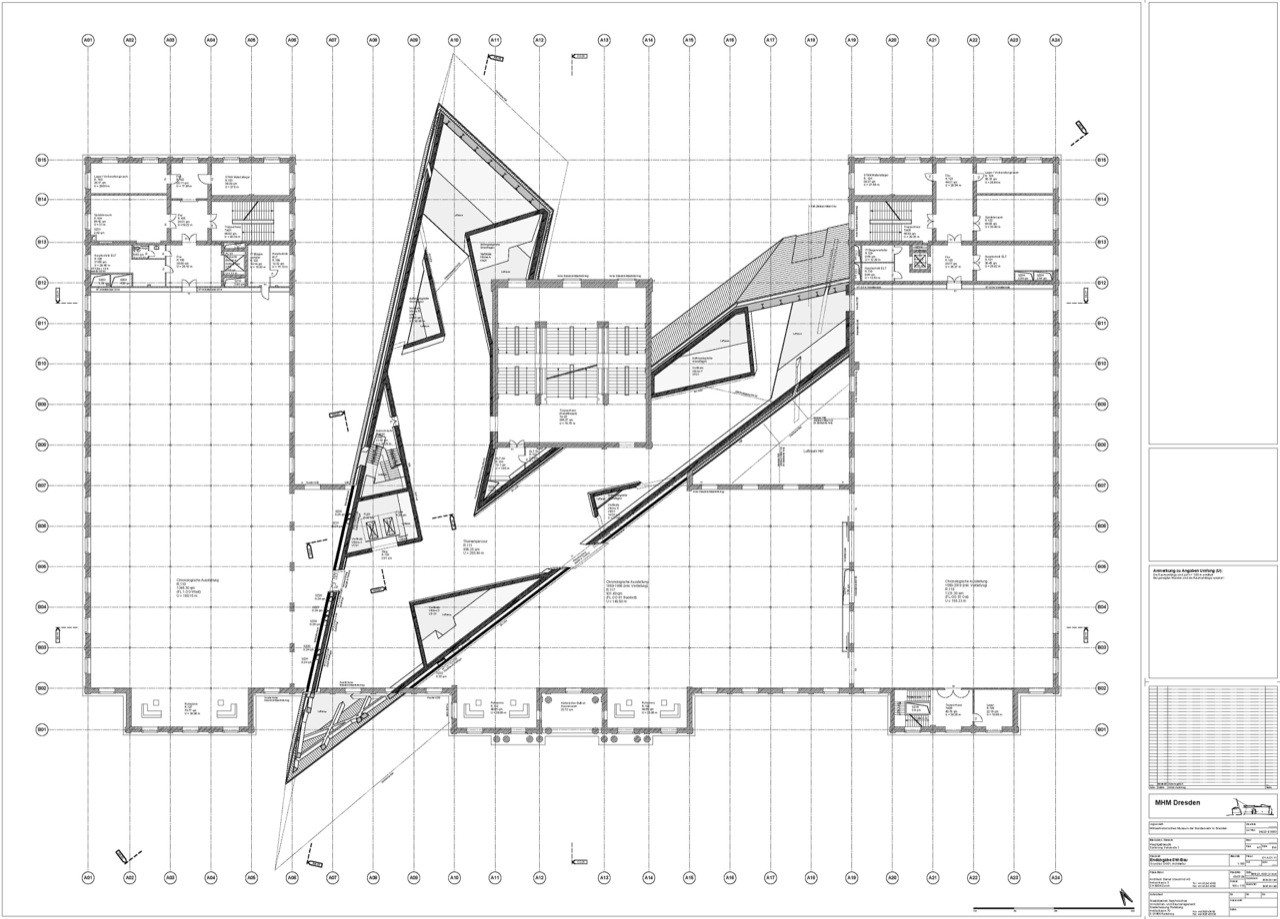 floor plan of the new building that intersects with the original building
floor plan of the new building that intersects with the original building

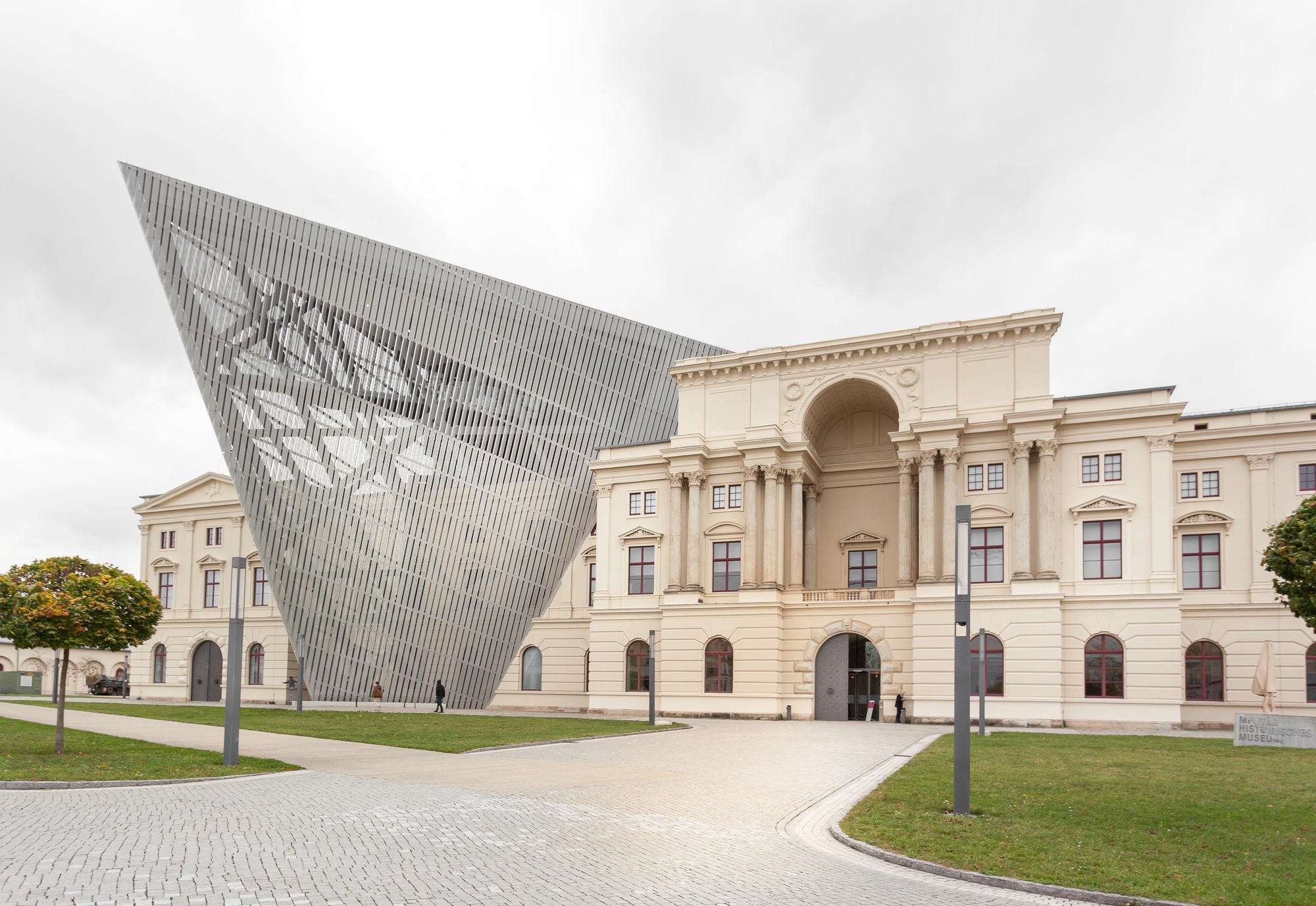



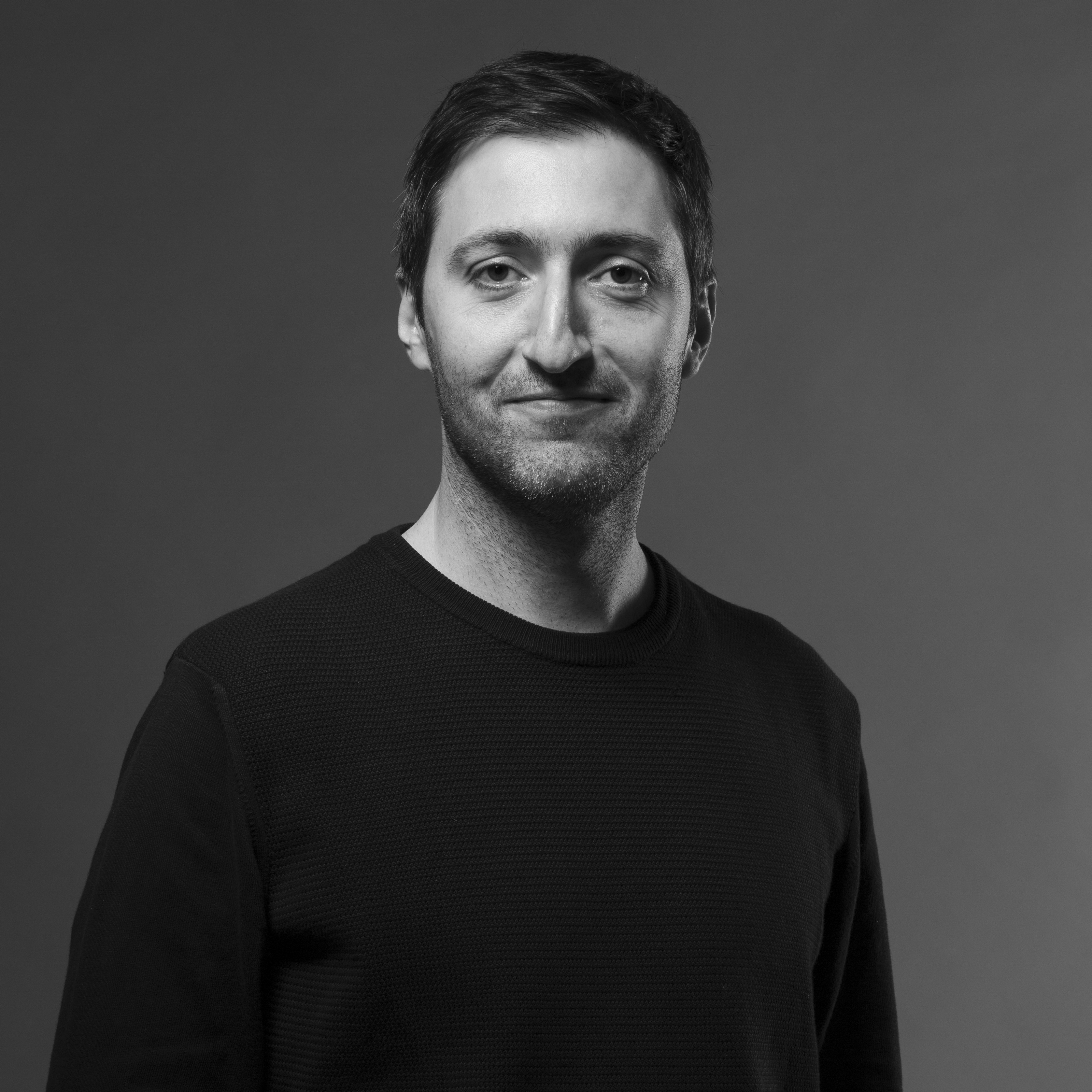
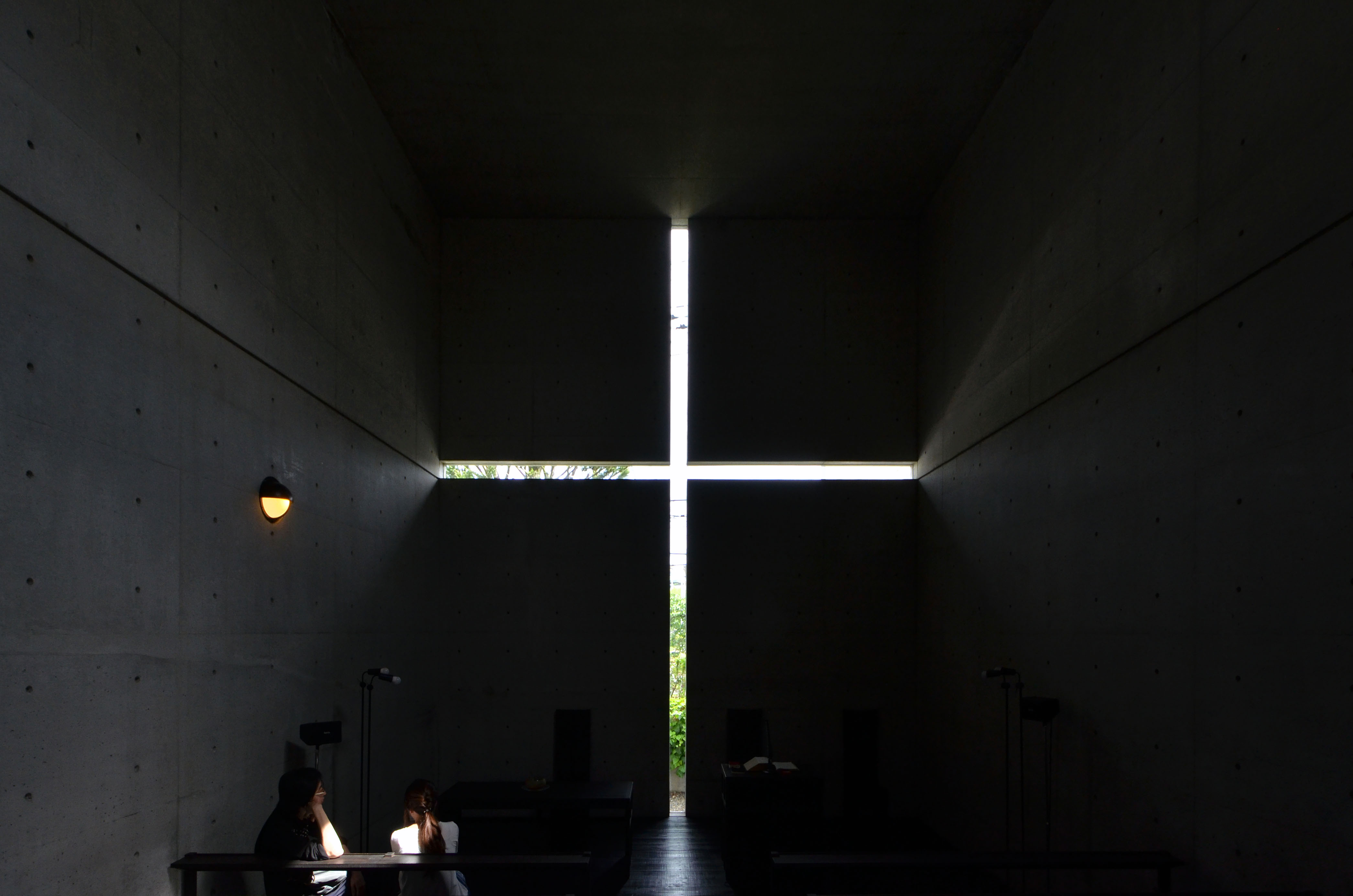
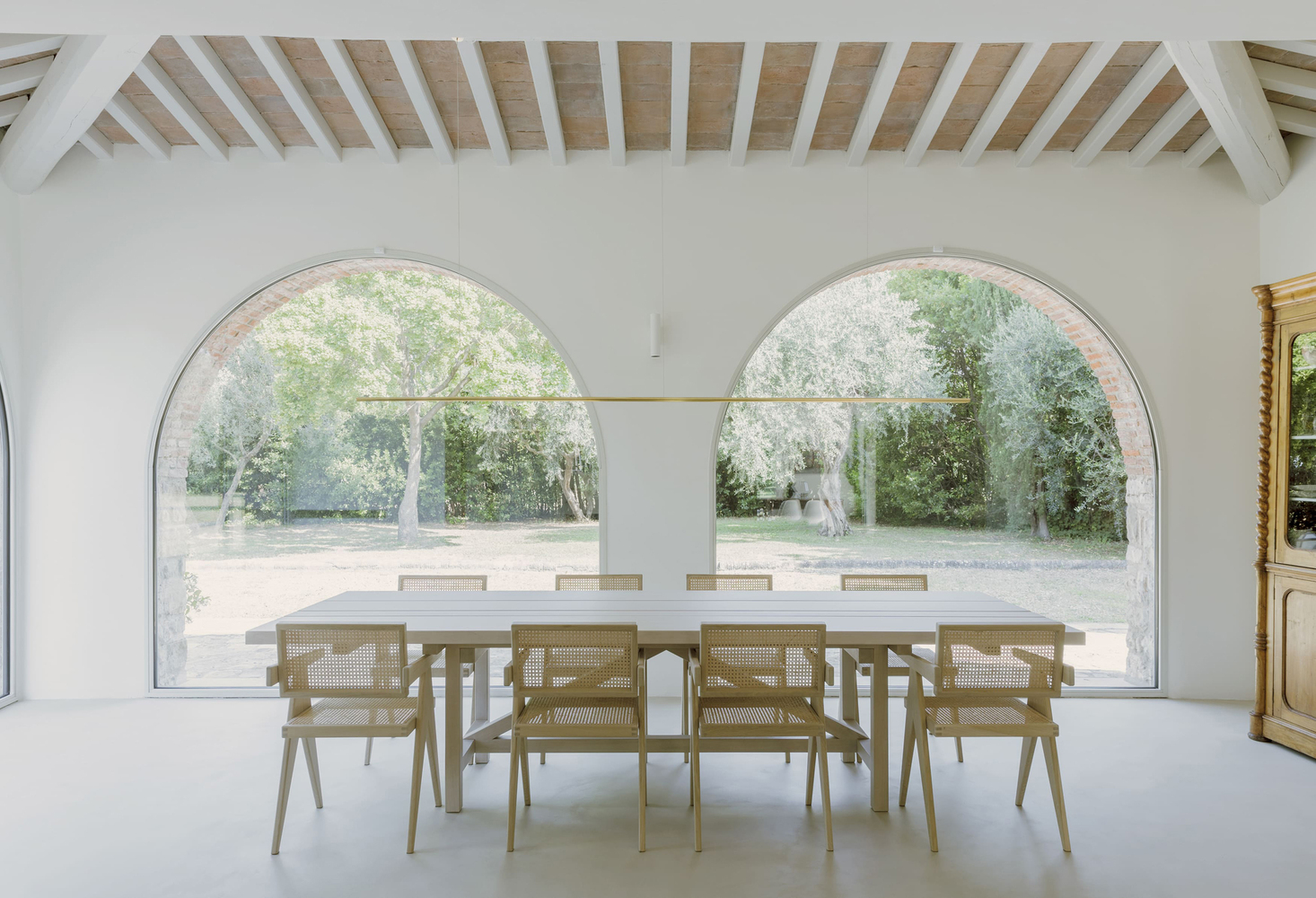
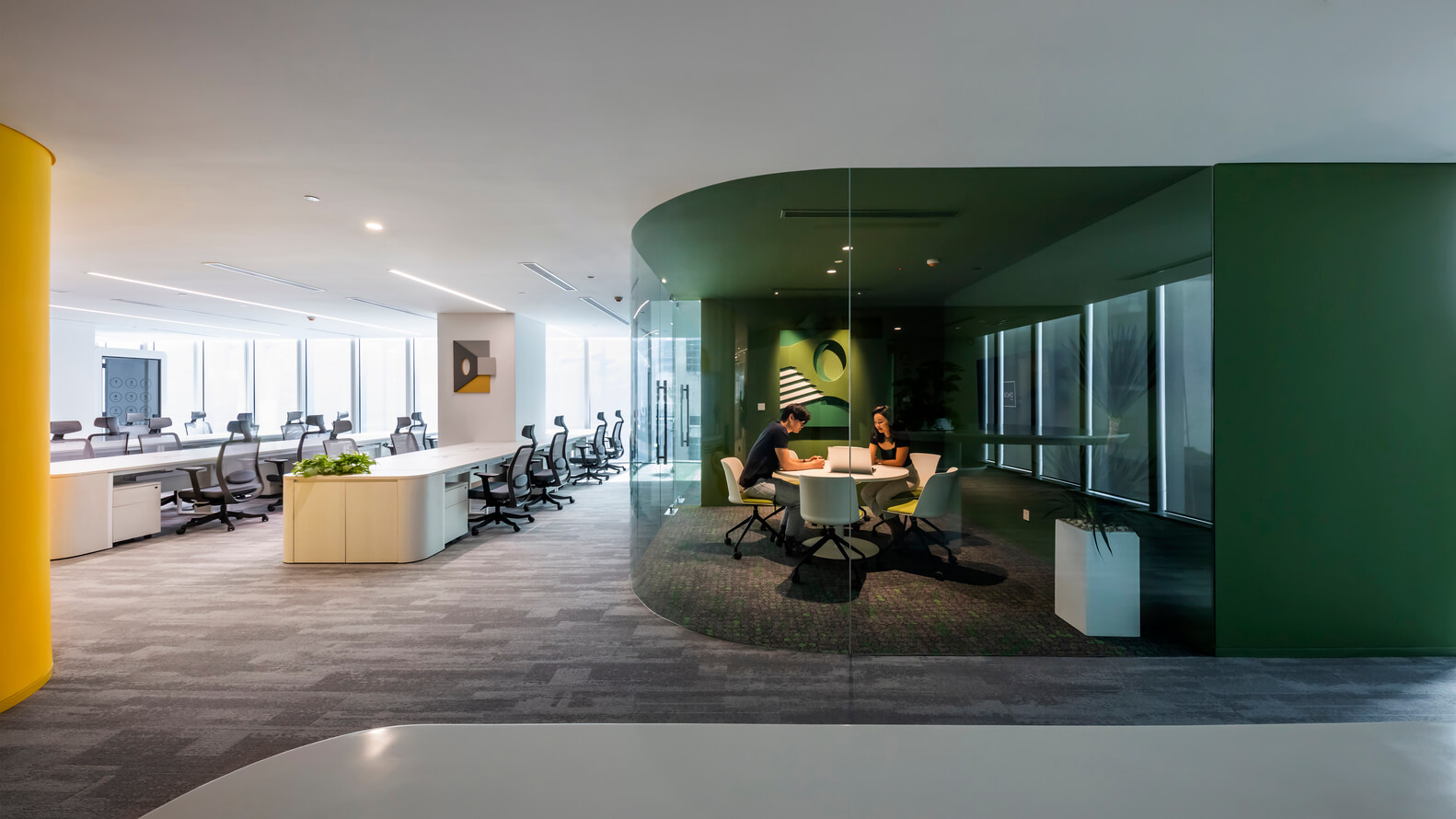
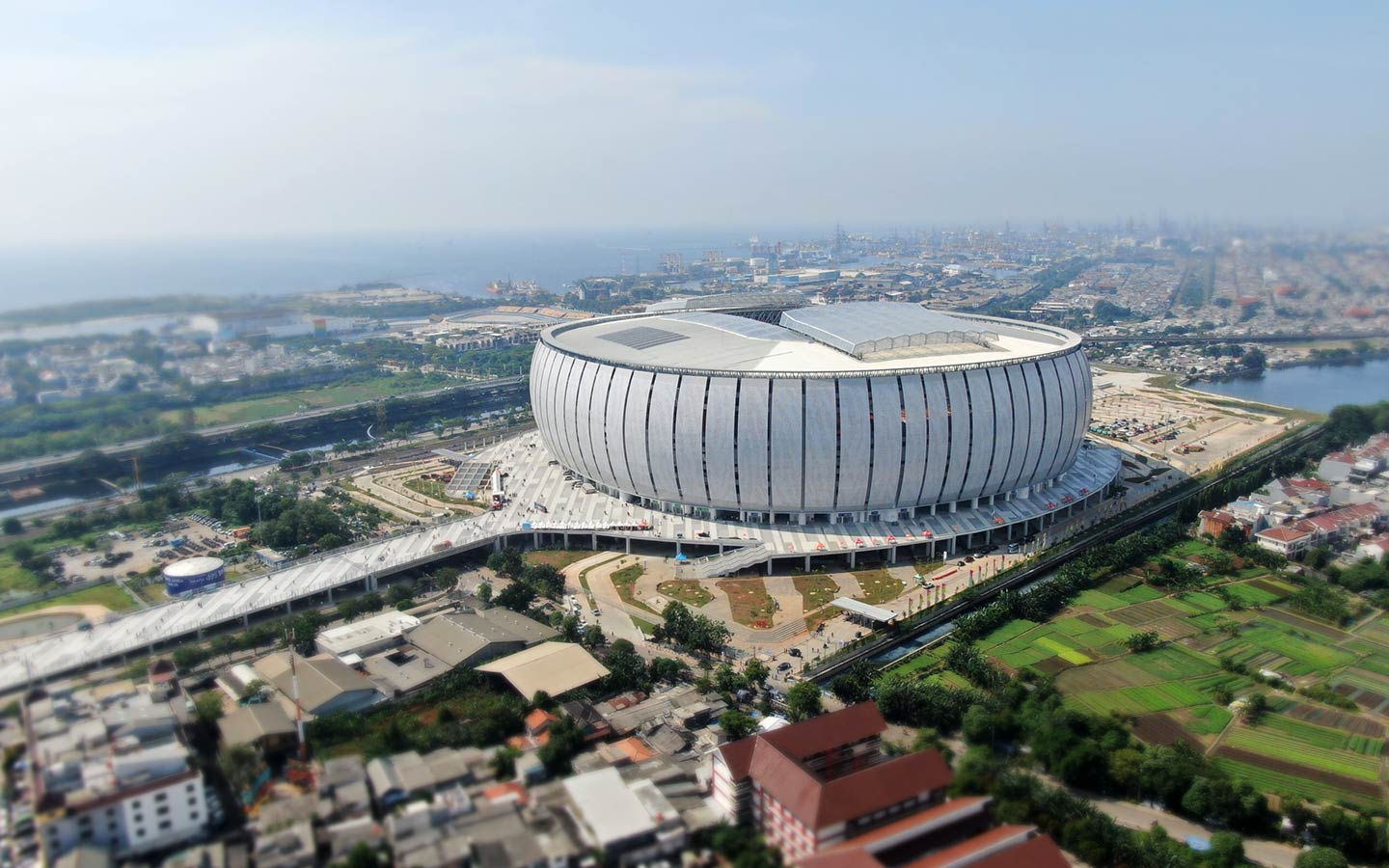
Authentication required
You must log in to post a comment.
Log in